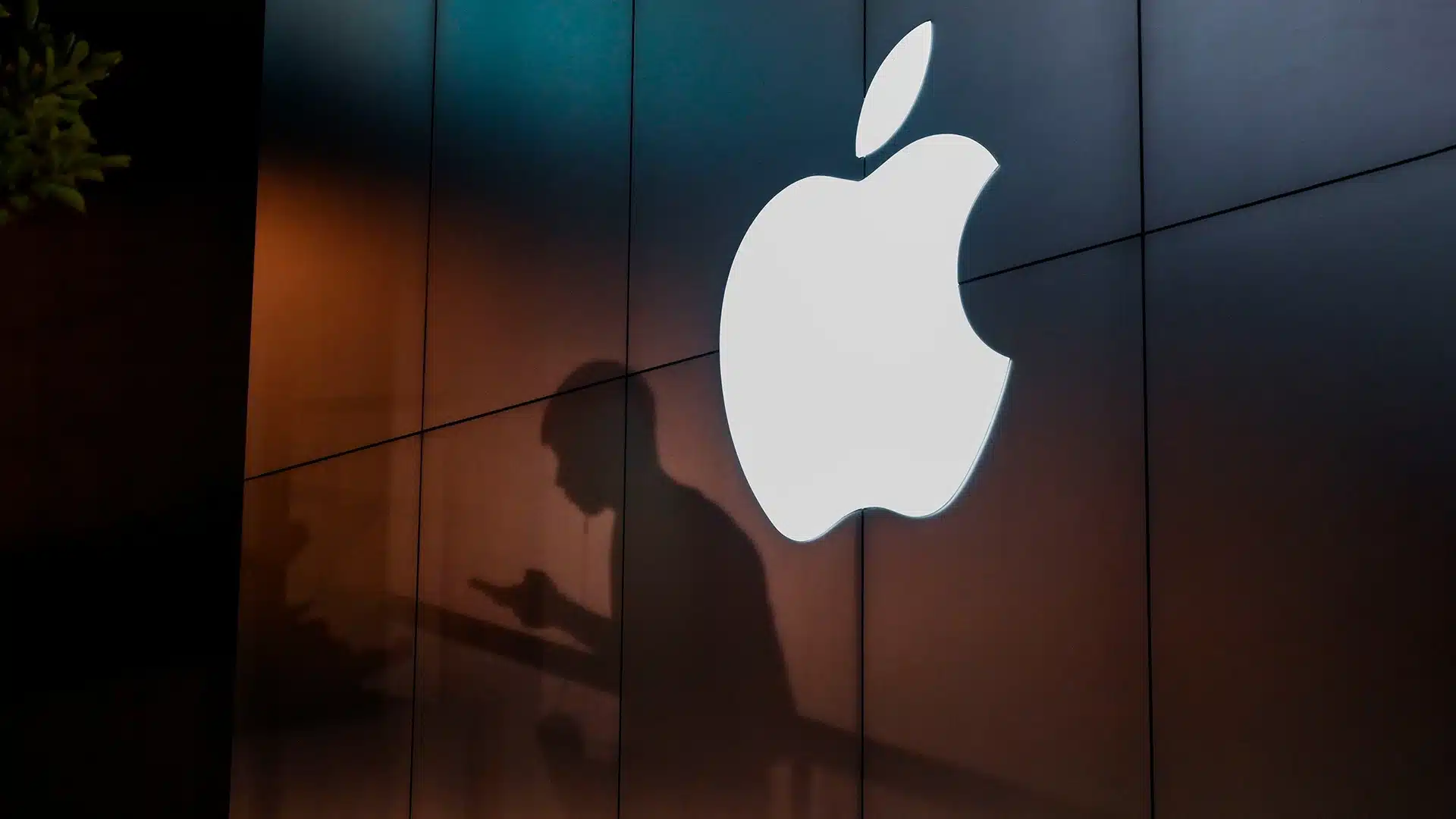In the first quarter of 2025, Apple stood out in an otherwise sluggish smartphone market. The tech giant shipped 55 million iPhones, increasing its global market share to 19%, up from 16% a year earlier. According to Canalys Research, this 13% growth came while the entire smartphone industry grew by just 0.2%.
This boost was largely fueled by strong sales of the budget-friendly iPhone 16e, launched in February. The timing gave Apple an edge during a season that typically sees post-holiday slowdowns.

Budget Model Powers Apple’s Momentum
The iPhone 16e helped Apple perform well in cost-conscious regions. Its release early in the year kept consumer interest high and brought in new buyers, especially across the U.S. and emerging Asia-Pacific markets.
Other companies didn’t fare as well. Samsung, though still the top global vendor with 60.5 million units, saw no growth year over year. Xiaomi and vivo saw modest gains, while OPPO and several smaller vendors lost market share.
Manufacturing Shifts Aid Apple’s Strategy
Apple also benefited from moving some production away from China. The company increased manufacturing in India, producing both standard and Pro models of the iPhone 15 and 16 there. This change helped reduce trade risks and gave Apple better flexibility in pricing, especially in regions facing tariff pressure.
The U.S. market showed a 12% rise, largely driven by Apple. However, China proved more difficult. Apple saw a 9% drop in iPhone shipments there due to local competition and government subsidies favoring domestic brands.
Apple’s Ecosystem Offers an Advantage
As many Android brands struggle with slowing upgrade cycles and price sensitivity in the $200–$400 range, Apple remains in a stronger position. Its wide range of services, software integration, and trade-in deals keep users engaged and help drive sales.
While the broader market stalls, Apple’s careful timing, strategic production shifts, and compelling offerings have kept it ahead. The company’s challenge now is to maintain this momentum across regions and price segments.












